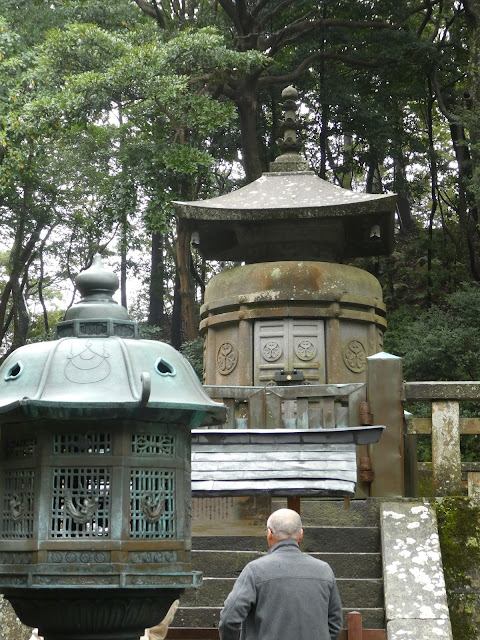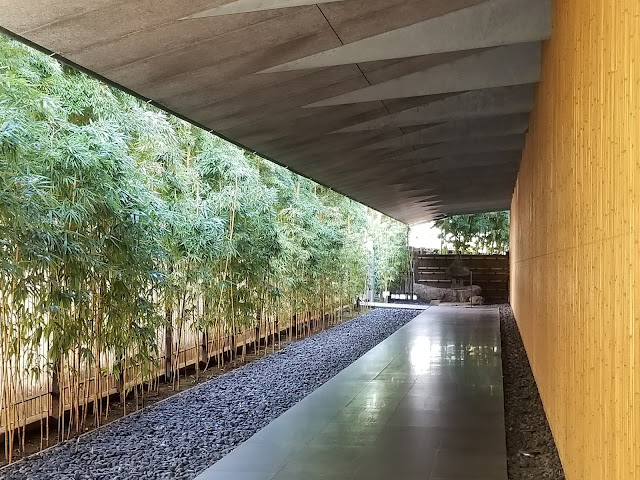This article was updated on 19 Sep 2021 to clarify the train trip to Atami Station and the museum.
There are many museums and opportunities to visit them in Japan, especially in the major cities frequented by overseas visitors, such as Tokyo, Kyoto, and Osaka. However, outside of the major tourist cities, there are many large and small museums that are also worth making a trip to. There are many national, prefectural, city, and private museums that have exhibits ranging from the traditional (art, history, cultural) to the bizarre (the Meguro Parasitological Museum in Tokyo comes to mind). The MOA Museum of Art (MOA美術館) in Atami, Japan is easily reachable from Tokyo by Shinkansen and local bus in about 50 minutes. The museum is located on a mountain hillside overlooking Sagami Bay and requires seven escalators inside the hillside to travel from the museum's entry to the main building exhibition area. Please continue reading to find out more about this art museum, see more photographs, and how to access the museum.


